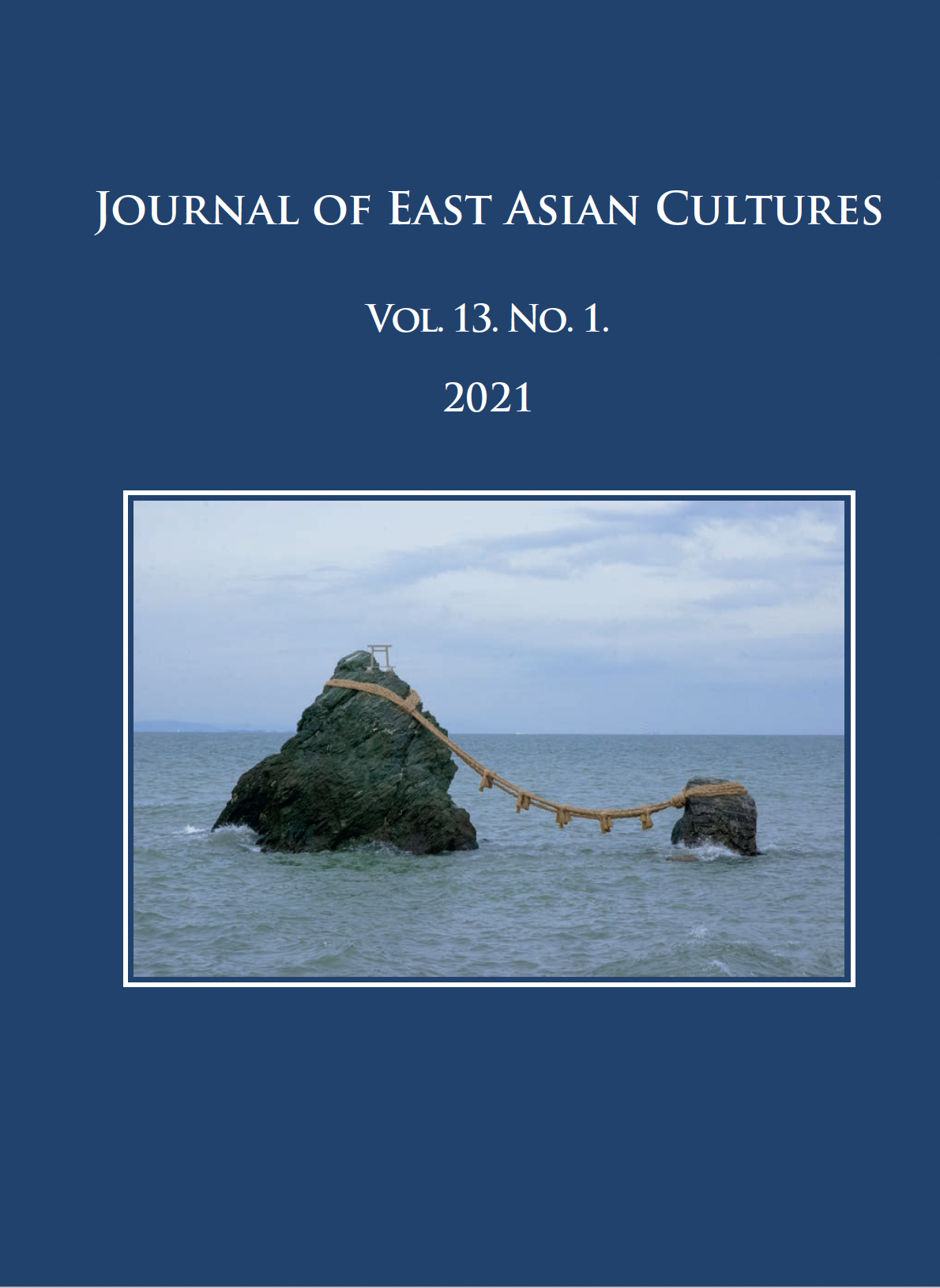Megjelent 2021-12-15
Kulcsszavak
- Khon klán,
- szakjapa,
- Szakja Pandita,
- Phagpa,
- tridzin
- Kubiláj kán ...Tovább
Hogyan kell idézni
Copyright (c) 2021 a szerző(k)

This work is licensed under a Creative Commons Attribution-NonCommercial 4.0 International License.
Absztrakt
Khon Koncshog Gyalpo 1073-ban Szakjában alapít egy kolostort mestere, Drogmi számára. A kolostor nevét később Drogmi rendje is felveszi és szakjapa rendként válik ismertté. Koncshog a Khon klán tagja, akik közül a mai napig kikerülnek a szakja rend egymást követő apátjai és fő lámái. A Khon családon belül mindig apáról fiúra vagy nagybátyról unokaöccsre száll az apátok trónja. Ha egy szakja apát a cölibátust választja, akkor utódja valamelyik unokaöccse lesz, az apát testvére vagy egy közeli rokona pedig folytatja a családi vérvonalat és irányítja a kolostor világi ügyeit. A szakják akkor érik el politikai hatalmuk csúcsát, amikor Szakja Pandita és Phagpa Láma elnyeri a mongol kánok bizalmát, így a szakja apátokat nevezik ki Tibet vezetőivé. A királykort követő széttagoltság után Tibet központi régiói a szakják fennhatósága alatt kerülnek újra egyetlen politikai vezető irányítása alá a 13. században. A tanulmány célja, hogy bemutassa a Khon klán fejlődését, hogyan vált egy kisebb arisztokrata család Tibetben történelmi és vallási szempontból jelentős hatalommá a Khon család néhány kiemelkedő tagjának erőfeszítése révén.
Hivatkozások
- “Drogmi Buddhist Institute” – about the Sakya tradition. n.d. https://www.drogmi.org/about-sakya.html (accessed: 11.04.2020).
- “Sakya Heritage Society” – Sakya Tibetan Buddhist heritage. n.d. http://www.sakyaheritage.org/DharmaLineage (accessed: 11.04.2020).
- “The Sakya Tradition.” n.d. Khacho Yulo Ling Buddhist Centre. https://www.yuloling.com/buddhism/buddhism/sakya-tradition.html (accessed: 11.04.2020).
- “The Treasury of Lives” – a biographical encyclopedia of Tibet, Inner Asia, and the Himalayan region. 2007. https://treasuryoflives.org (accessed: 11.04.2020).
- Chödung Karmo Translation Group 2016. A Brief Introduction to Buddhism and the Sakya Tradition. Nepal: International Buddhist Academy Tinchuli–Boudha.
- Chogye Trichen Rinpoche 2003. Parting from the Four Attachments: A Commentary on Jetsun Drakpa Gyaltsen’s Song of Experience on Mind Training and the View. Boston: Snow Lion.
- Clauson, Gerard 1959. “The HP’ags-pa Alphabet.” Bulletin of the School of Oriental and African Studies 22.1/3: 300–323. https://doi.org/10.1017/S0041977X00068725
- Davidson, Ronald M. 2008. Tibetan Renaissance: Tantric Buddhism in the Rebirth of Tibetan Culture. New York: Columbia University Press.
- Dawa Norbu 2001. China’s Tibet Policy. Richmond: Routledge. https://doi.org/10.4324/9780203826959
- Dunnel, Ruth 1992. “The Hsia Origins of the Yüan Institution of Imperial Preceptor.” Asia Major (third series) 5.1: 85–111.
- Fermer, Mathias 2019. Dzongpa Tradition. https://dzongpaliterature.org (accessed: 11.04.2020).
- Gold, Jonathan C. 2019. The Dharma’s Gatekeepers. Sakya Paṇḍita on Buddhist Scholarship in Tibet. Albany: State University of New Yorker Press.
- Grousset, René 1970. The Empire of the Steppes: A History of Central Asia. New Jersey: Rutgers University Press.
- Hardy, Friedhelm 1999. The World’s Religions: The Religions of Asia. Richmond: Routledge.
- Hoffmann, Helmut 1975. Tibet. A Handbook. Bloomington: Indiana University Press.
- Migmar Tseten 2008. Treasures of the Sakya Lineage: Teachings from the Masters. Boston&London: Shambhala.
- Petech, Luciano 1990. Central Tibet and the Mongols. The Yüan - Sa-skya Period of Tibetan History. Rome: Istituto Italiano per il Medio ed Estremo Oriente.
- Sagaster, Klaus 2007. “The History of Buddhism among the Mongols.” In: The Spread of Buddhism. Ann Heirman, Stephan Peter Bumbacher (eds.). Leiden, Boston: Brill, 379–432. https://doi.org/10.1163/ej.9789004158306.i-474.99
- Smith, Gene E. 2001. Among Tibetan Texts. History and Literature of the Himalayan Plateau. Boston: Wisdom Publications.
- Sumegi, Angela 2008. Dreamworlds of Shamanism and Tibetan Buddhism: The Third Place. Albany: State University of New York Press.
- Tsem Rinpoche: Disharmony Within the Sakya? – brief overview of the Sakya tradition. n.d. https://www.tsemrinpoche.com/tsem-tulku-rinpoche/buddhas-dharma/disharmony-within-the-sakya.html (accessed: 11.04.2020).
- Wylie, Turrell V. 1977. “The First Mongol Conquest of Tibet Reinterpreted.” Harvard Journal of Asiatic Studies 37.1: 103–133. https://doi.org/10.2307/2718667

